Linux
From smartphones to cars, supercomputers and home appliances, home desktops to enterprise servers, the Linux operating system (kernel) is everywhere.
-

How To Install Debian Unstable (Sid)?
Installing Debian Unstable (Code name – Sid) involves a few extra steps over a normal stable install since there isn’t an official installer for it directly. Debian Unstable (Sid) is a rolling release version of…
-
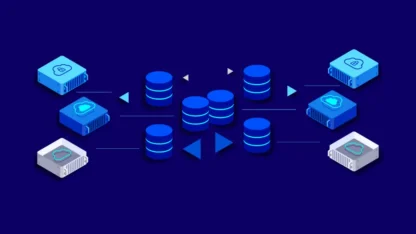
Export and Import Databases in MariaDB
Managing databases is a crucial skill for anyone working with MariaDB. Exporting and importing databases allow you to back up your data, migrate databases between servers, or share them with other developers. This tutorial will…
-
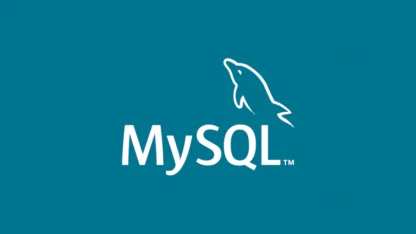
Export and Import Databases in MySQL
The most difficult part of managing websites are its database and timely backing up and exporting and importing them for many use case. It become super difficult if you do it in terminals using command…
-

How to Install Microsoft Fonts on Linux?
Learn how to install Microsoft fonts on Linux for better document compatibility and web browsing. This guide covers installation on Ubuntu, Debian, Fedora, Arch, and more.
-
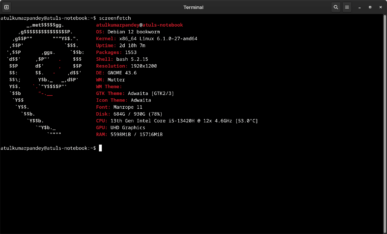
Screenfetch: A System Information Generator for Linux
Screenfetch is a popular tool for Linux users who want to quickly display system information in a visually appealing way directly from the terminal. It shows details about your Linux system, such as the OS,…
-

How to Compile Software from Source?
If you’re a Debian or Deb-based Linux user looking to explore software that isn’t available in your package manager, compiling from source might be the answer. Compiling software from source gives you control over the…
-
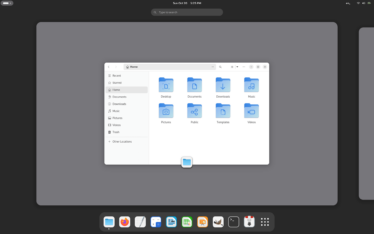
How to Install the Latest GNOME on Debian? With Auto-Upgrade
Using Debian Linux is fine for most users as it ships very stable and rock solid package for everyone, and this is the main reason why most online servers are using Debian as their favorite…
-
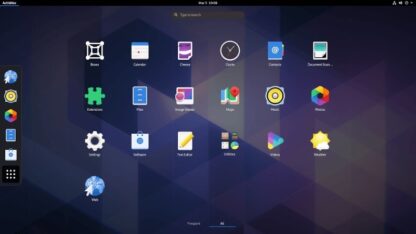
Best Desktop Environments for Linux
Linux is loved for its flexibility, and desktop environments (DEs) are a key part of that. Whether you’re looking for a full-featured, modern experience or a lightweight environment for older hardware, Linux has something for…
-

Optimize and Improve Linux Laptop Battery Life Using TLP
This guide provides a comprehensive look at how to install and configure TLP to improve battery life on Linux laptops. You can include additional examples based on specific distributions or laptop models to tailor the…
-
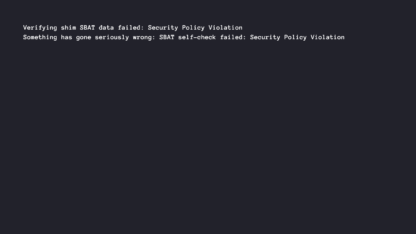
Verifying Shim SBAT Data Failed: Security Policy Violation
Planning to move from Microsoft Windows to some Linux distro? We often see such error messages “Verifying shim SBAT data failed: Security Policy Violation” and “Something has gone seriously wrong: SBAT self-check failed: Security Policy…
-

How to Check Disk Space on Linux?
Learn how to check disk space on Linux with this comprehensive guide. Explore commands like df, du, and lsblk, and discover graphical tools and automation tips to effectively monitor and manage your system’s disk space.
-

The Origin of Linux: A Journey from Hobby to World Domination
Linux, the open-source operating system that powers everything from smartphones to supercomputers, has an origin story that’s as fascinating as the software itself. It began as a personal project of a Finnish student and evolved…